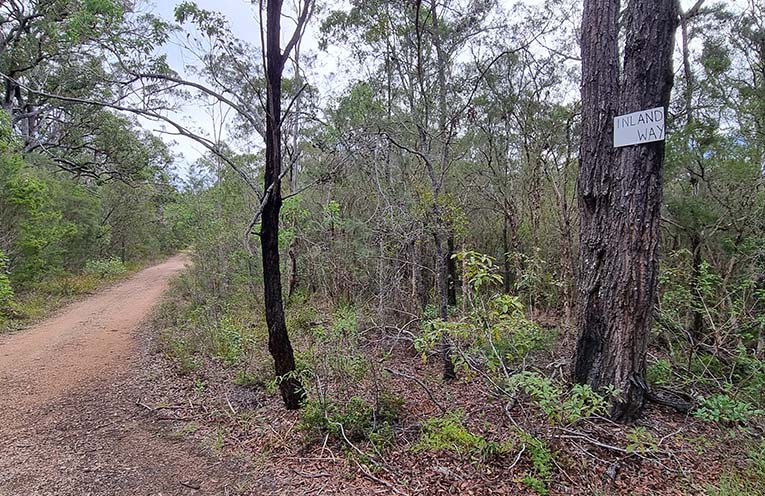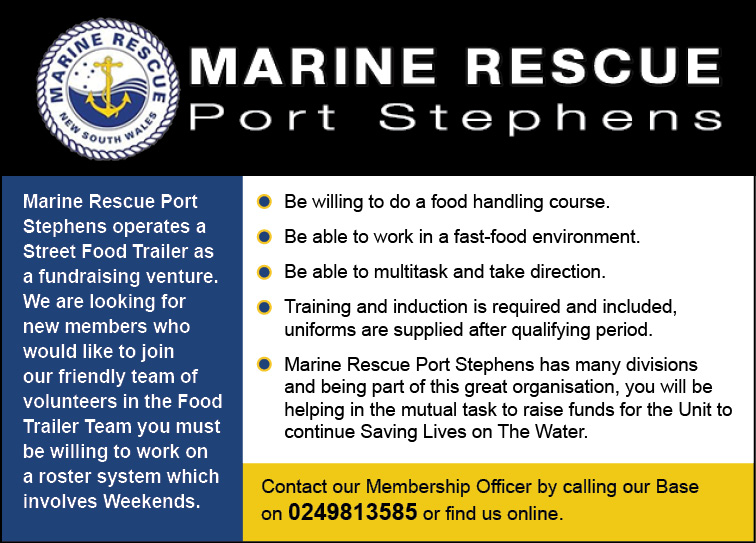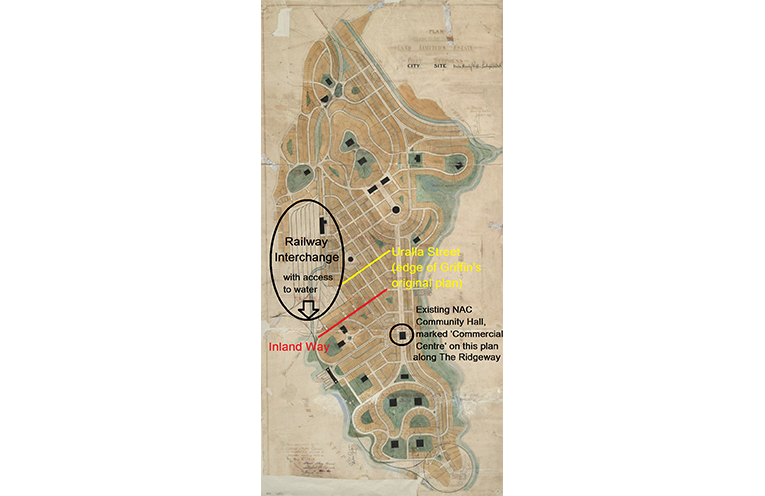
THE GENESIS of the North Arm Cove Paper Subdivision was grand speculation to make Port Stephens into a major city, perhaps one day to rival even Sydney.
‘Port Stephens City’, the moniker for the would-be metropolis at North Arm Cove, gained first real traction after the 1911 NSW Royal Commission as to Decentralisation in Railway Transit mooted the idea of extending the state’s railway from either Tarro or Stroud.
 Advertise with News of The Area today.
Advertise with News of The Area today.It’s worth it for your business.
Message us.
Phone us – (02) 4981 8882.
Email us – media@newsofthearea.com.au
‘Decentralisation’ encouraged Australian residents to move away from overcrowded capital cities, and in the ‘Age of Rail’, a railway interchange was the keystone concept making Port Stephens City seem realistic.
In 1917, influential politician Austin Chapman, whose company Land Limited owned land at North Arm Cove, asked acquaintances Walter Burley and Marion Mahoney Griffin (who had won the Canberra design competition years earlier) to design a city there, complete trademark sweeping curvilinear streets, rail interchange and port access.
“All of the evidence points to Port Stephens City being a speculative subdivision.
“Its then owner, Land Limited, hoped to profit from proposals for Port Stephens to become a naval base and a port for a decentralised Northern NSW,” North Arm Cove Community Association Inc President Bob Reid, who has researched the history extensively, told NOTA.
Mr Reid cites persuasive real estate journals of the time, which stated that “early real estate investment in the city site will be likely to be extremely profitable”, and “the investor will be standing on velvet of the thickest pile”.
Stroud Shire Council approved the Griffins’ plan in 1918, and physical subdivision and road marking began.
“The Griffin plan for Port Stephens City was never built, within a year the land was taken over by developer Henry Halloran, who substantially changed it into a waterside parkland into waterfront residential lots,” Mr Reid explained.
After Land Limited’s liquidation in 1919, Halloran more than doubled the size of the paper subdivision, incorporating his preferred ‘wheel-spoke’ layouts extending to the Pacific Highway.
That same year, Royal Navy Admiral Lord Jellicoe’s voice was added to many other ‘Weighty Opinions of Prominent Men’ in Halloran’s 1920 sales catalogue, recommending Port Stephens as “one of the principal Docking Bases in Australia”, while Rear Admiral Creswell had claimed it “an excellent place for a destroyer and torpedo base”.
“Port Stephens will ultimately become the chief Naval Base,” he said.
By Thomas O’KEEFE

